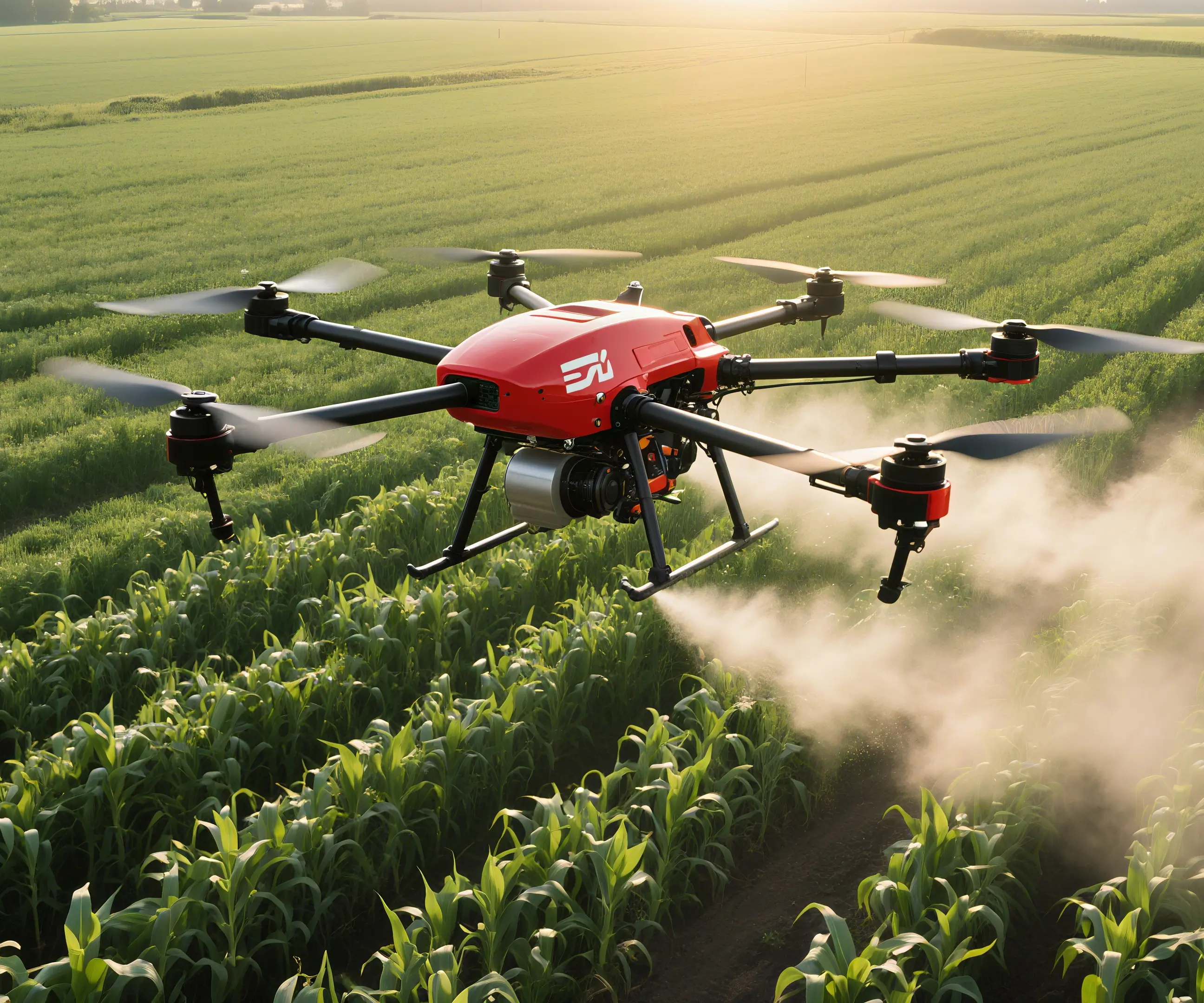part 1: The Heart of Modern Automation: An Introduction to Servo Motors and Controllers
In a world increasingly driven by automation and intelligent systems, the silent heroes working behind the scenes are often servo motors and their controllers. These intelligent components are revolutionizing sectors from manufacturing and robotics to aerospace and medical devices, bringing unprecedented levels of precision, responsiveness, and control.

At the core of this technological marvel lies the servo motor—a compact, powerful motor designed to deliver high torque, rapid acceleration, and precise positioning. Unlike standard motors, servo motors are engineered for controlled movement: they can rotate to specified angles, repeat positions with exceptional accuracy, and adjust power output dynamically based on feedback.
What Is a Servo Motor? A servo motor is a rotary or linear actuator that incorporates a dedicated feedback mechanism, typically a potentiometer, encoder, or resolver, enabling it to maintain accurate position, speed, or torque. Its design allows for closed-loop control, meaning it can constantly adjust its operation based on real-time data. This setup is akin to a finely-tuned dance where the motor responds instantly to commands and feedback, maintaining harmony and precision.
Key features of servo motors include:
High Torque at Low Speeds: Ideal for applications requiring strong holding force or slow, controlled movements. Precise Positioning: Capable of reaching and maintaining exact positions. Responsiveness: Rapid response to control signals thanks to internal feedback mechanisms. Compact Design: Offering powerful performance within small footprints.
The Role of the Servo Controller While the servo motor is the muscle, the servo controller functions as the brain. It interprets commands—often from higher-level control systems like PLCs or PCs—and manages the motor's operation. By constantly processing feedback signals from the motor, the controller adjusts voltage and current inputs to keep the motor on the desired path.
Controllers can vary in complexity: from simple devices that manage a single servo motor to sophisticated systems with multi-axis control, advanced diagnostics, and communication protocols. They can be networked, programmable, and integrated into comprehensive automation frameworks, enabling seamless operation across complex machinery.
Why Are Servo Motors and Controllers So Popular? Their popularity stems from the combination of versatility and precision. Imagine a robotic arm assembling tiny electronic components—each movement must be precise to micrometer tolerances, and the system must adapt quickly to changing conditions or new tasks. Servo systems excel here, providing controlled, repeatable motion with minimal error.
Industries love these systems because they:
Reduce errors and waste Increase process speeds Enable complex, multi-dimensional movements Offer energy-efficient operation through dynamic control
Historical Perspective and Evolution Servo technology dates back to the mid-20th century when aerospace and defense industries needed reliable, accurate control systems. Over time, advances in electronic components, sensors, and microprocessors have transformed servos from bulky, expensive devices to compact, cost-effective solutions accessible to a broad range of applications.
The advent of digital signal processing and improved feedback sensors has significantly enhanced the capabilities of servo systems. Today, they can handle high-frequency control tasks, support complex algorithms like PID (Proportional-Integral-Derivative), and integrate seamlessly into IoT ecosystems for smarter automation.
How Do They Work in Practice? In practical terms, a typical servo system begins with a command—say, rotate a robotic arm to 45°. The controller receives this instruction and calculates the difference between the current position and the target. It then sends a voltage signal to the motor, prompting movement.
As the motor begins to turn, the encoder continuously provides position data back to the controller. Should the motor drift or overshoot, the controller quickly adjusts the input, bringing the motor back on course. This tight feedback loop makes servo motors remarkably precise and stable, even under varying loads or conditions.
This finesse extends beyond industrial robots. For example, in drone stabilization, camera gimbals, and CNC milling machines, servo systems ensure smooth, accurate operation even in challenging environments.
Part 2 of the article will explore the diverse applications of servo motors and controllers, delve into technological innovations, and discuss the future landscape of automated control systems.
Kpower has delivered professional drive system solutions to over 500 enterprise clients globally with products covering various fields such as Smart Home Systems, Automatic Electronics, Robotics, Precision Agriculture, Drones, and Industrial Automation.




































